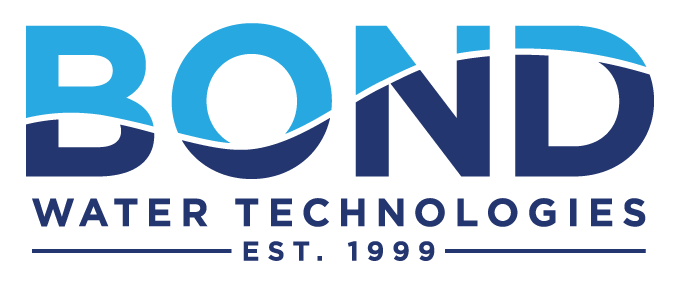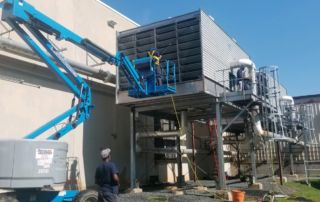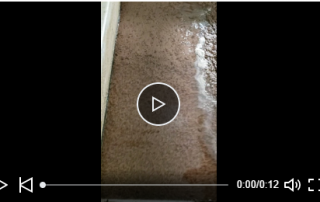Case Study – HVAC Water Treatment For Schools
John Dunford2025-02-25T15:11:32+00:00Case Study: Transforming a County School System’s HVAC Water Treatment Program A Successful Partnership with Bond Water Technologies The Challenge: A large school district in Virginia partnered with Bond Water Technologies to overhaul their HVAC water treatment program—and the results have been outstanding. This system includes 33 schools with cooling towers and closed-loop systems and 43 additional schools with closed-loop only systems. Upon inspection, we identified several critical issues: 66% of the chemical feed systems were defective and were failing in one capacity or another. Chemical feed stations had leaking chemical spills and poor housekeeping. Cooling tower systems and chillers showed severe scaling buildup. Inadequate biocide treatment programs led to elevated bacteria counts. Lack of proper Legionella mitigation strategies. No routine scheduling with the customer and poor communication & data collection. Our Solution & Successes: Bond Water Technologies quickly developed a comprehensive water treatment program, addressing these issues with the following solutions: ✅ System Repairs & Inventory Management: We repaired all chemical feed systems and created a spare parts inventory to ensure ongoing system reliability. ✅ Safety & Compliance: Chemical feed stations were cleaned up, and SDS sheets were properly posted to maintain compliance. ✅ Improved Bacteria Control: Cooling tower bacteria counts were significantly reduced by transitioning to ATP monitoring, allowing for real-time responses to bacterial activity. ✅ Advanced Biocide Program: We switched to a more effective biocide program: Stabilized liquid bromine (oxidizing biocide) fed three days per week, maintaining 1–1.5 ppm of free chlorine for 4 hours. Isothiazoline (non-oxidizing biocide) fed weekly at 200 ppm with proper lockout times. ✅ Legionella Mitigation: Implemented a pre-cleaning disinfection and a post-cleaning disinfection using our Bond Provox treatment to prevent biofilm/sludge deposition. ✅ Proactive Maintenance & Reporting: Service visits were added to the county’s PM schedule and marked as completed after each visit. Our Bond 007 Reports provided analytical trending, enabling the customer to make informed decisions on repairs and system upgrades. The Customer’s Feedback: After one year of service, we received this message from the county’s facilities manager: “I wanted to take a second to pass along a comment from an email that one of our HVAC contractors sent that I believe speaks volumes for the work you all have done this past year. Noticed a very dramatic difference they are seeing on the cooling towers. He reports that the new chemical control is night vs. day compared to the prior service provider. They are seeing major scale elimination when the towers are getting cleaned, far more so than in previous years.” Thanks again for your continued efforts in bettering our water treatment program.” Looking for a Reliable Commercial Water Treatment Partner? If your organization needs a proactive and data-driven water treatment partner, Bond Water Technologies is here to help. Our expertise in cooling tower and closed-loop system maintenance ensures efficient, safe, and cost-effective operation. Contact us today by sending an email to Info@Bondwater.com.







